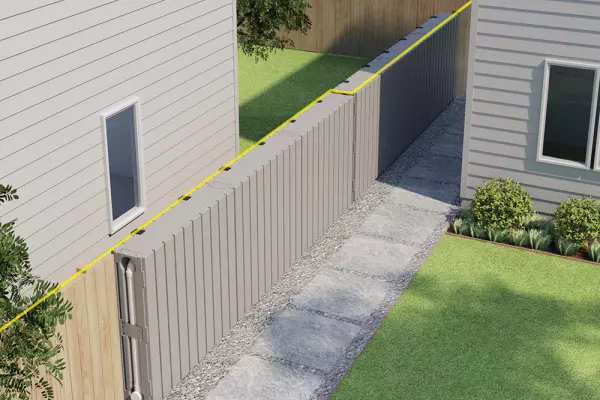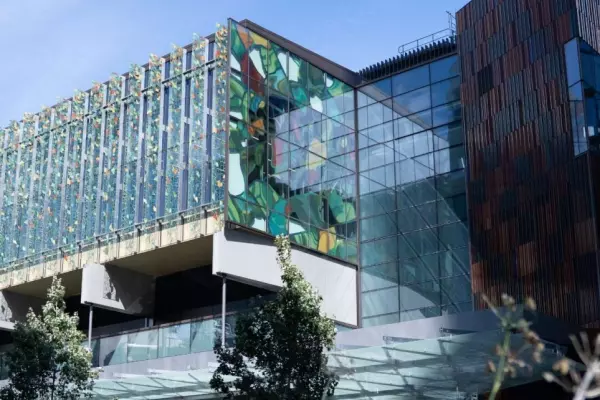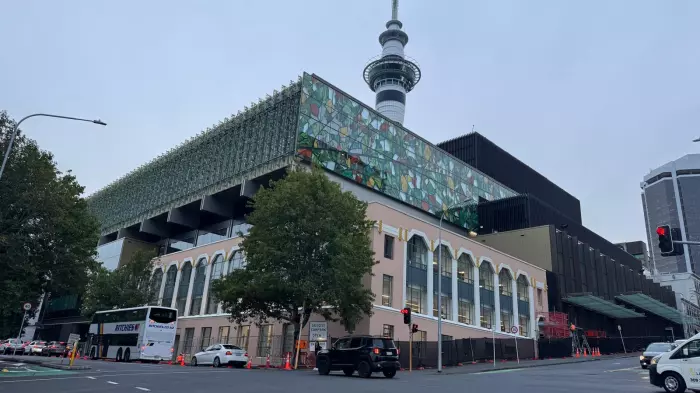The 20 percent bounce across all new residential consents to 3,477 in June surprised economists, but builds on trends towards smaller homes, which account for almost a third of all consents.
Kelvin Davidson, property economist at Corelogic, said a strong lift from June last year had been widely anticipated, but the increase was “better than expected” given the disruptions experienced through the lockdown period.
Stats NZ data showed that 1,071 new townhouses, flats and units were consented in June, the first month that housing bracket breached the 1,000 level in 30 years. On a seasonally adjusted basis, June's residential consents increased 0.5 percent from May.
Over the past 12 months through June, about 37,600 new dwellings were consented, led by Auckland which signed off on 14,780 pending builds. There was also strong issuance in Hawke’s Bay, Taranaki, Wellington and Southland.
Lumpy apartment developments
Davidson said while “more intensified” housing stock was positive on the back of a growing population, consents for apartment developments can be “lumpy”, so there’s a chance that July’s total consent figures will "dip back a bit."
That would also reflect longer term recessionary conditions and rising unemployment, meaning “consents will struggle to stay this high.”
Westpac senior economist Satish Ranchhod agreed that while construction was likely to remain robust through the back half of the year, the long-term uncertainty would “see fewer new housing projects being consented.” That would be reinforced by the sharp downturn in net migration and slowing population growth already in train.
Dave Adair, acting construction indicators manager with Stats NZ, said the strength of the June period brought the total number of new council-consented homes for the quarter to 9,213. Of those, 2,620 were smaller, medium density developments particularly focused in larger urban centres such as Auckland.
That translated to about 7.6 new homes per 1,000 New Zealand residents for the past year, Stats NZ said, up from 7.1 new homes per 1,000 residents the year before.
Again, that was driven by Auckland, where the number rose from 8.5 per 1,000 for the year to June 2019, to 9.0 per 1,000 for the current year.
Caution needed
Auckland Council chief economist David Norman said its 1,439 dwelling consents last month were a record, but he cautioned that a number of those consents entered the process before or during lockdown.
“We know for instance that lodgements in May were down roughly 25 percent to 30 percent from May last year, so we can expect numbers to weaken a little over the next few month."
He said the council was also "pulling out all the stops to get consents completed in a timely manner given the disruption that occurred during lockdown."
Stats NZ’s Adair said the provisional estimates on the number of new homes consented helps the government agency account for changes in population, “allowing us to better compare the intended supply of new homes over time.”
To that end, the number of consents per population remained about half that of the 1973 building boom, when consenting was closer to 13.4 new homes per 1,000 residents. Still, it was still more than twice the low point of 3.0 per 1,000 in 2011.
Adair said current levels, however, were up from a median of 6.2 new homes consented per 1,000 residents, beginning around the June 2016 year.
Westpac’s Ranchhod said uncertainty also pointed to “significant downside risk” for non-residential building, consents for which were already down 8.8 percent over the past year.
“Many of the construction businesses we have spoken to in recent weeks have highlighted concerns about the amount of planned work over the next few years.”















